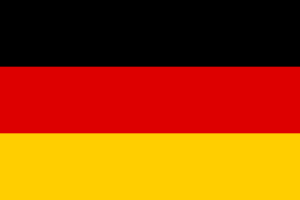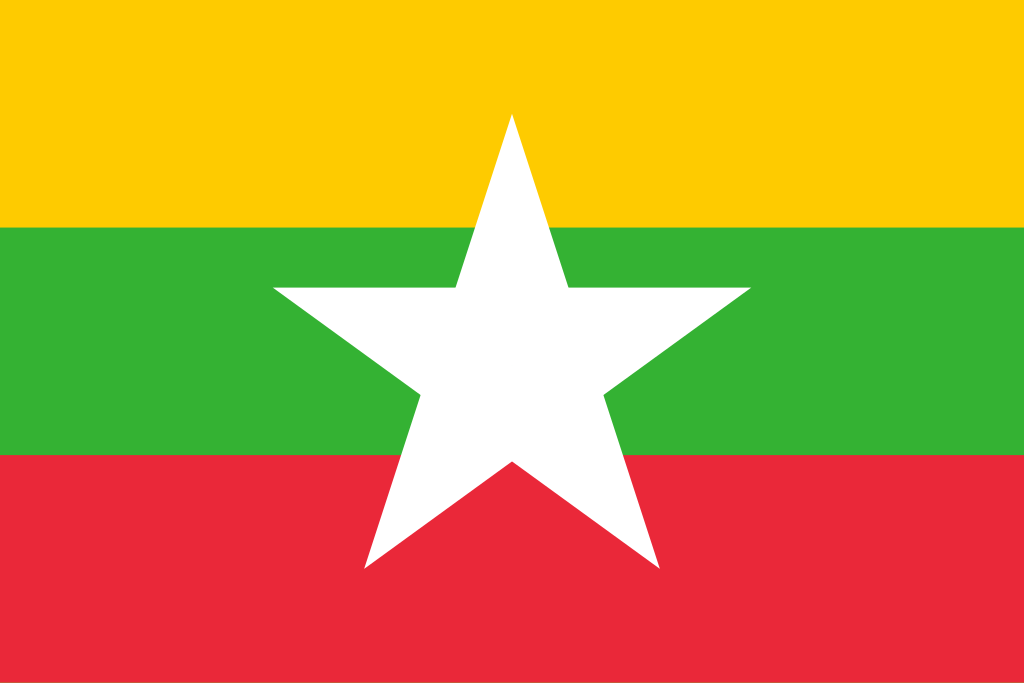When looking for language services, you may come across terms like translation, transcription, localization, and transcreation. While they may sound similar, each serves a different purpose.
Understanding these differences is crucial to choosing the right service for your business. Let’s break them down!
What is Translation? – Converting Text into Another Language
Definition & Process
Translation is the process of converting written content from one language to another while preserving its original meaning. It is commonly used for official documents, business reports, and specialized content.
For example, a legal contract, medical research paper, or financial report needs accurate translation to be valid in another language. Some translations require certification to be legally recognized.
Common Uses of Translation
✔ Legal Translation – Contracts, agreements, certificates
✔ Medical Translation – Patient records, research studies
✔ Financial Translation – Reports, statements, policies
✔ Technical Translation – Manuals, specifications, guidelines
✔ Scientific Works – Research papers, academic journals
✅ Best for: Businesses and individuals who need accurate, word-for-word translations of documents.
What is Transcription? – Converting Audio into Text
Definition & Process
Transcription involves listening to an audio recording and converting it into a written document. It is useful for interviews, speeches, and legal proceedings.
If required, a transcript can later be translated into multiple languages.
Common Uses of Transcription
✔ Interviews – Business, research, journalism
✔ Speeches & Conferences – Public talks, TED Talks, academic lectures
✔ Legal Hearings – Court sessions, testimonies
✔ Medical Transcription – Doctor’s notes, medical dictations
✅ Best for: Businesses, journalists, researchers, and legal professionals who need written records of spoken content.
What is Localization? – Adapting Content for a Target Market
Definition & Process
Localization goes beyond translation by adapting content culturally to make it relevant for a specific audience. It is commonly used for websites, apps, and software.
Localization includes:
🌍 Language adaptation – Adjusting words & expressions
💰 Currency & measurement units – Adapting for different regions
🎭 Cultural references – Removing offensive or irrelevant content
Common Uses of Localization
✔ Website Localization – Adapting websites for different markets
✔ Software Localization – Translating apps, games, and interfaces
✔ E-learning Content – Courses for global learners
✅ Best for: Companies expanding into international markets that need to ensure their content resonates with the local audience.
What is Transcreation? – Creative Translation for Marketing
Definition & Process
Transcreation combines translation and creativity to adapt marketing content while maintaining its impact and emotional appeal. It is essential for advertising and branding.
Unlike simple translation, transcreation modifies slogans, taglines, and ads to fit the culture and psychology of the target audience.
Common Uses of Transcreation
✔ Advertising Texts – Catchy brand messaging
✔ Slogans & Taglines – Creative marketing phrases
✔ Brand Campaigns – Multilingual promotions
✅ Best for: Businesses looking to market their brand globally while keeping the original tone, intent, and impact intact.
Choosing the Right Service – When to Use Each?
| Service | Use Case | Best For |
|---|---|---|
| Translation | Converting written text into another language | Documents, contracts, research |
| Transcription | Converting audio into written text | Interviews, legal & medical records |
| Localization | Adapting content for a specific region | Websites, software, e-learning |
| Transcreation | Creative translation for marketing | Advertising, branding, slogans |
Conclusion
Understanding the difference between translation, transcription, localization, and transcreation helps businesses choose the right service for their needs.
📢 Need professional language services? Lingual Consultancy offers expert translation, transcription, localization, and transcreation in 250+ languages with 16,000+ professionals worldwide.
🚀 Contact us today for top-quality multilingual solutions!










